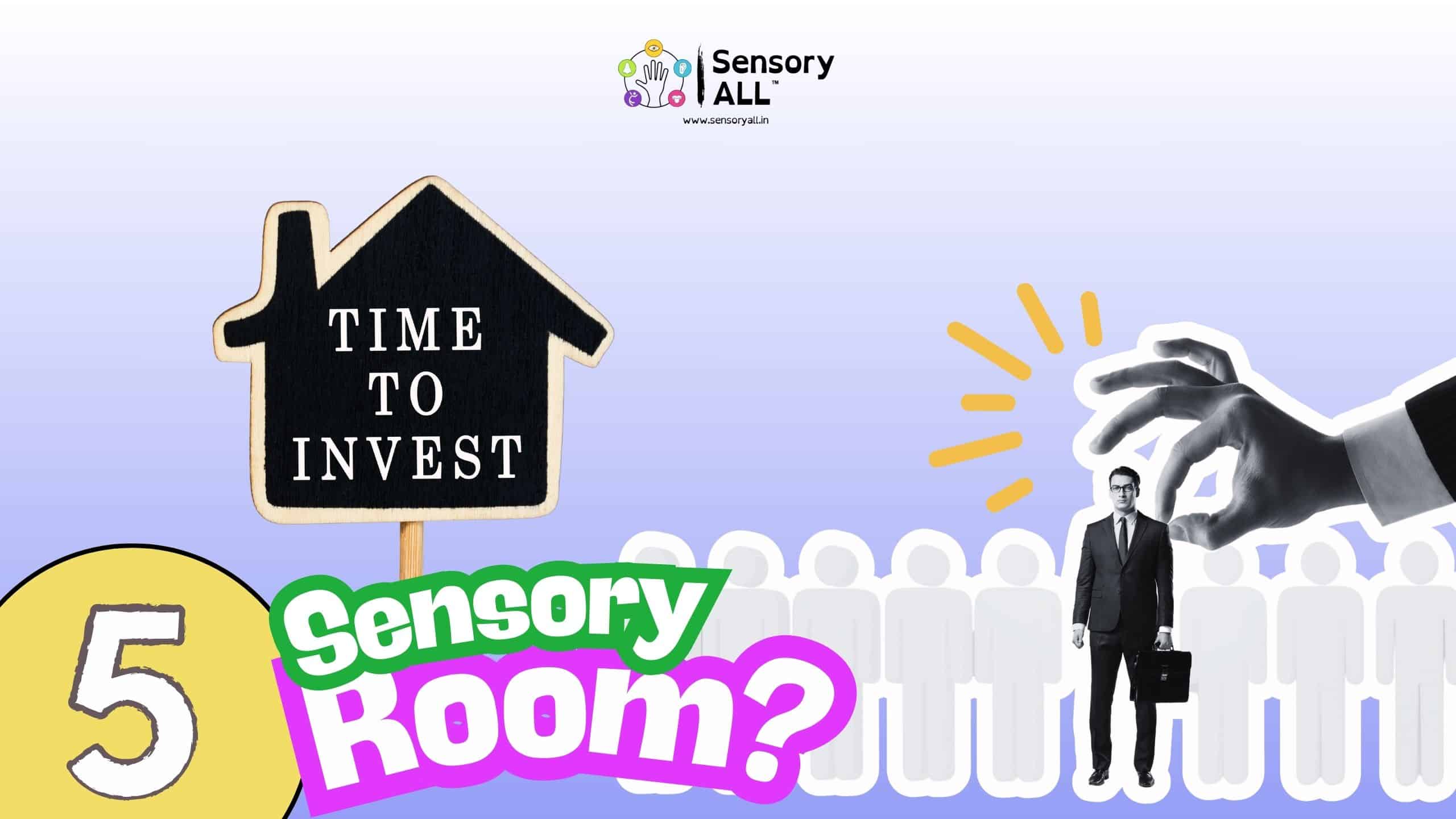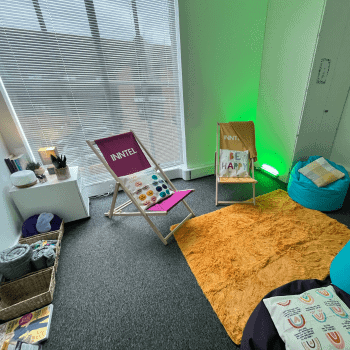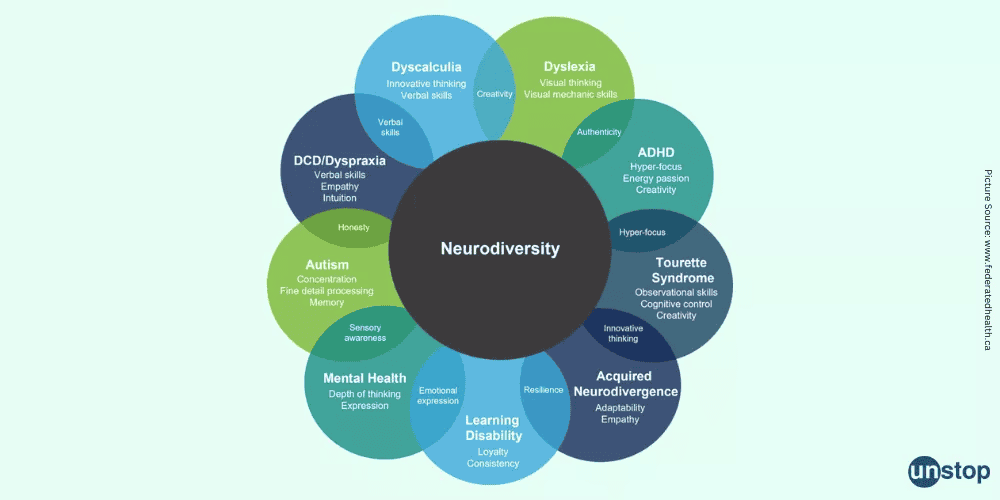
In today’s fast-paced work environment, mental health and well-being have become key priorities for both employees and employers. To address these needs, many organisations are exploring innovative strategies to create more supportive and inclusive workplaces. One such strategy is the introduction of sensory rooms—dedicated spaces that offer a range of sensory stimuli to help all individuals relax and manage stress. These spaces, traditionally used for neurodivergent individuals, for therapeutic purposes, are now gaining traction in workplaces for their potential to enhance employee well-being and productivity. This not only helps the neurodivergent employees but also promotes the overall well-being of the organisation.
Below are five key reasons why workplaces should consider investing in sensory rooms.
A primary reason for incorporating a sensory room into the workplace is to support the well-being of employees. Work environments, particularly in high-pressure industries, can often become stressful, leading to feelings of being overwhelmed and anxious. In such cases, sensory rooms provide a sanctuary where employees, neurodivergent and neurotypical alike, can decompress and regulate their emotions in a controlled environment. Sensory rooms are designed to offer a variety of calming stimuli—such as soft lighting, calming sounds, and tactile surfaces—that can help reduce anxiety and improve mood.

Research indicates that providing employees with access to sensory-friendly spaces can have a positive effect on their mental health and make the environment more inclusive. According to Kulture City, sensory spaces help people to recalibrate, leading to enhanced emotional regulation and a reduction in stress levels. When employees have a space to manage stress effectively, they are more likely to maintain their well-being, reducing the risk of chronic stress-related illnesses such as anxiety or depression.

Incorporating sensory rooms in the workplace can also lead to a boost in focus and productivity. Many employees benefit from taking short breaks throughout the day, allowing them to recharge before returning to their tasks. Sensory rooms provide an ideal environment for these breaks, offering a calming space where employees can take a moment to reset before diving back into their work with renewed focus.
Studies have shown that short, restorative breaks in environments designed to calm the senses can lead to improved concentration and productivity when employees return to their tasks. Employees who have access to sensory rooms are more likely to feel re-energised after their breaks, which can significantly improve output. By encouraging regular breaks in these calming environments, employers can help employees maintain peak levels of focus and performance.
Another compelling reason to invest in sensory rooms is the benefit they provide for neurodivergent employees. Neurodivergent individuals, such as those with autism or ADHD, often have different sensory processing needs and may struggle in environments with too much sensory input, such as loud noises or bright lights. Sensory rooms offer a safe and controlled space where these individuals can retreat when they feel overstimulated or need time to focus.

Sensory rooms are tailored to accommodate a range of sensory needs, ensuring that all employees, regardless of their neurodiversity, feel included and supported. This not only benefits neurodivergent employees but also enhances workplace culture by fostering inclusivity and understanding of different needs. Creating a work environment that values neurodiversity can attract a broader talent pool, helping businesses become more diverse and innovative. As noted by Autism Speaks, workplaces that provide such inclusive spaces can help neurodivergent employees perform to the best of their abilities, benefiting the individual and the organisation alike.
Burnout has become a significant concern in modern workplaces, with employees often experiencing prolonged periods of stress and exhaustion that can lead to disengagement and absenteeism. According to research, investing in well-being initiatives, such as sensory rooms, can significantly mitigate the risk of burnout. By providing employees with a designated space to manage stress, companies are taking a proactive approach to employee mental health.

Sensory rooms offer employees a retreat where they can decompress before stress escalates to burnout. This can be especially beneficial in high-pressure industries where employees may feel constantly under strain. When employees have access to spaces that allow them to recharge, they are less likely to experience chronic stress or exhaustion. According to the American Psychological Association, workplaces that prioritise mental well-being tend to see reduced absenteeism and turnover rates. In the long run, investing in sensory rooms can lead to cost savings for the organisation by reducing the expenses associated with recruitment, training, and employee turnover.
Providing a sensory room in the workplace is a tangible way for employers to demonstrate their commitment to employee well-being. This type of investment can have a positive impact on employee morale and engagement. When employees feel that their mental health is valued and supported, they are more likely to feel satisfied with their jobs and committed to the organisation. High levels of employee engagement are correlated with increased productivity and a more positive workplace atmosphere.

According to Gallup, employee engagement is directly linked to job satisfaction, and workplaces that invest in well-being initiatives see higher levels of engagement across their teams. Sensory rooms provide employees with a resource that demonstrates the company’s commitment to supporting mental health. This not only helps improve individual job satisfaction but also contributes to a more supportive and cohesive workplace culture.
In an era where mental health and inclusivity are becoming central to workplace success, investing in sensory rooms offers a compelling solution to support employee well-being. These spaces not only benefit neurodivergent employees who may need specific sensory input to thrive, but they also provide a much-needed retreat for all employees to manage stress, recharge, and improve focus. By reducing burnout and absenteeism, fostering a more inclusive environment, and boosting overall engagement, sensory rooms can play a pivotal role in creating a supportive workplace culture.
Organisations that prioritise the mental and emotional well-being of their employees are more likely to see long-term benefits, including increased productivity, reduced turnover, and a more engaged workforce. As the research indicates, the impact of sensory spaces extends beyond individual well-being—it has the potential to transform the workplace into a space where all employees can thrive.
By investing in sensory rooms, businesses are making a proactive choice to prioritise mental health, inclusivity, and productivity—values that will not only benefit the workforce but also enhance the organisation’s overall success.